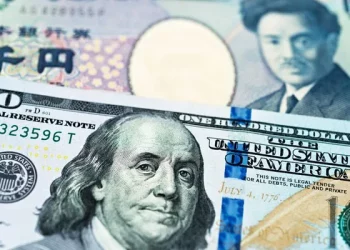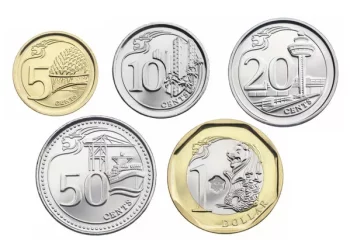The Japanese Yen (JPY) has recovered around 50 pips after reaching a fresh three-month low against the US Dollar (USD) on Monday. Despite this rebound, a significant appreciation of the Yen remains unlikely due to uncertainties surrounding the Bank of Japan‘s (BoJ) interest rate hike plans, further complicated by the ruling coalition’s loss of a parliamentary majority. Additionally, a generally positive risk sentiment is likely to act as a headwind for the safe-haven currency.
US macroeconomic data continues to indicate a resilient economy, bolstering market expectations for a more cautious approach to policy easing by the Federal Reserve (Fed). Concerns about increased deficit spending following the November 5 US presidential election, coupled with rising odds for a second term for Donald Trump, are driving US Treasury bond yields higher. This dynamic has contributed to the recent rally of the USD, which is now at a three-month peak, exerting pressure on the lower-yielding JPY.
In a significant political development, Japan’s ruling coalition lost its parliamentary majority in Sunday’s election for the first time since 2009, raising questions about the BoJ’s capacity to raise interest rates further. The Liberal Democratic Party (LDP), led by Prime Minister Shigeru Ishiba, along with its coalition partner Komeito, secured only 215 of the 465 lower house seats, falling short of the 233 needed for a majority and down from their previous 279 seats.
The market is reacting to expectations of smaller rate cuts by the Fed, alongside fears that spending initiatives proposed by Vice President Kamala Harris and Republican nominee Donald Trump could increase the deficit. This has fueled a sell-off in the US bond market, with the yield on the benchmark 10-year government bond hovering near a three-month high. As a result, the USD is nearing its highest level since July 30, further diminishing the appeal of the JPY.
Geopolitical tensions remain high as Israel conducted targeted strikes on military sites in Iran over the weekend, responding to Iran’s recent missile attacks. However, Iran has indicated it may refrain from retaliation if a ceasefire agreement is reached in Gaza and Lebanon, easing concerns of escalating conflict in the Middle East.
On the economic front, China’s Vice Minister of Finance, Liao Min, announced plans to enhance macroeconomic policy adjustments to support economic recovery in the fourth quarter, expressing confidence in achieving a 5% growth target.
From a technical analysis perspective, the recent breakout above the 200-day Simple Moving Average (SMA) and the 61.8% Fibonacci retracement level from the July-September decline may signal bullish momentum for the USD/JPY pair. This outlook suggests potential for further gains beyond the 154.00 mark, with the next key resistance zone around 154.35-154.40.
However, caution is warranted as the Relative Strength Index (RSI) has entered overbought territory, suggesting a possible pullback or consolidation phase. Any corrective decline could find support near the 153.20-153.15 range, followed by the 153.00 mark and the Asian session low around 152.75. Further selling pressure could lead the pair toward the psychological level of 152.00.
Related Topics:




























